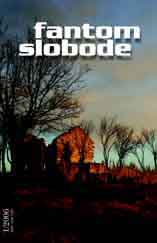We kindly inform you that, as long as the subject affiliation of our 300.000+ articles is in progress, you might get unsufficient or no results on your third level or second level search. In this case, please broaden your search criteria.
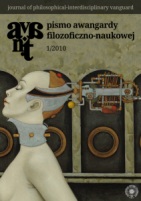
Complex phenomena – like structures or processes – are intriguing scientists around the world. There are many reasons why complexity is a popular topic of research but I am going to describe just three of them. The first one seems to be very simple and says “we live in a complex world”. However complex phenomena not only exist in our environment but also inside us. Probably due to our brain with millions of neurons and many more neuronal connections we are the most complex things in the universe. Therefore by understanding complex phenomena we can better understand ourselves. On the other hand studying complexity can be very interesting because it surprises scientists at least in two ways. The first way is connected with the moment of discovery. When scientists find something new e.g. life-like patterns in John Conway’s famous cellular automata The Game of Life (Gardner 1970) they find it surprising: In Conway's own words, When we first tracked the R-pentamino... some guy suddenly said "Come over here, there's a piece that's walking!" We came over and found the figure...(Ilachinski 2001). However the phenomenon of surprise is not only restricted to scientists who study something new. Complexity can be surprising due to its chaotic nature. It is a well known phenomenon, but restricted to a special class of complex systems and it is called the butterfly effect
More...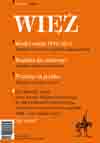
Fotografowanie jest w jego życiu czymś więcej niż tylko hobby. „Fotografia to ważna towarzyszka mojego życia” — mówi. Zaczęło się od fotografowania własnych dzieci — to był wdzięczny, acz dosyć nieobliczalny temat. Dobry jako szkoła fotografii, w której jego pierwszym nauczycielem i autorytetem był Zygmunt Pniewski (towarzysz Arkadego Fiedlera w podróży po Brazylii w 1967 r.).
More...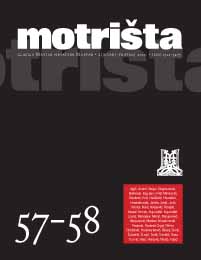
Uz izložbu umjetničkih fotografija Ahmeta Hukića “Ptice” u Galeriji Centra za kulturu Mostar
More...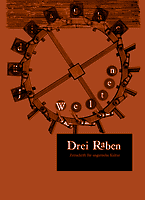
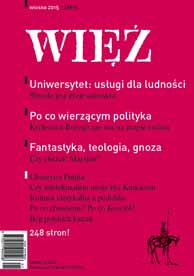
Olga Grabiwoda zaczęła fotografować w wieku 15 lat. Wówczas pracowała ze średnioformatowym radzieckim aparatem Lubitel. „Fotografia była wtedy sposobem przyglądania się rzeczywistości, która zarejestrowana i wywołana na zdjęciach pokazywała bardziej interesującą twarz” — opowiada fotograficzka.
More...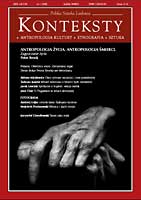
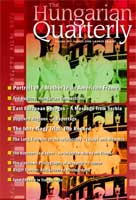
Twelve Original Photographs by Roger Fenton. University Library of Eötvös Loránd University, Budapest, 19 November 2008–31 January 2009 Drawing Class on the Roof. Budapest Schools in the Photographs of Mór Erdélyi. Kiscell Museum, Budapest, 24 April 2008–10 August 2008.
More...
Hoˆtel du Nord. The Unknown Photography of Alexandre Trauner. Exhibition at the Miskolc Municipal Gallery, 4 September–4 October 2008 Vintage Gallery, Budapest,14 October–7 November, 2008 Paris Photo, Paris, 13 November–16 November 2008.
More...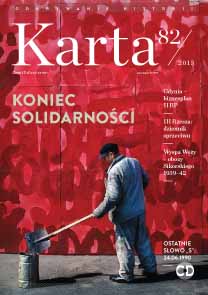
Na początku lat 90. każdy świadomy człowiek, fotograf czy nie, zdawał sobie sprawę, że wokół dzieje się coś ważnego. Fotograf ma potrzebę dokumentowania codzienności, dlatego na moich zdjęciach z tego okresu można zobaczyć uliczny handel mięsem, stragany, przechodniów. Miałem świadomość, że za dwadzieścia lat te zdjęcia będą cenniejsze niż w momencie powstania.
More...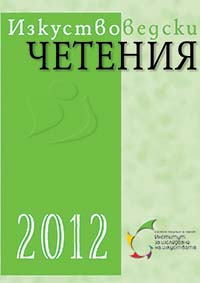
Museums, universities, research teams across the world work on recording and documenting photography as part of national visual culture. Here one man, Peter Boev worked half a century with enthusiasm of an enlightener. It was thanks to him that our vague remote past was given clarity and fascination, and all those authors and works that would otherwise be engulfed irretrievably in the chasm of an outdated rhetoric, found their logical niche not just in the history of photography, but also in the history of Bulgarian art. Boev left behind an outstanding contribution to a number of publications of the Bulgarian Academy of Sciences, publishing a hundred or so articles in Bulgarsko Photo journal, as well as articles about Bulgarian photography in Soviet, Hungarian, Polish, English and German encyclopaedic books and periodicals; the books The Art of Photography in Bulgaria in 1856–1944, The Art of Photography in Bulgaria in 1945–1995, A Talk on Photography and his private photographic collection of more than 3,000 photos, following the development of this artistic tool in Bulgaria in the period between the National Revival and the late twentieth century.
More...
With this text I seek to draw the attention to our usual practice not to mention the names of the authors of photographic images in publications, especially when it comes to early photographs. To bind the early photographic images of our revolutionaries and enlighteners such as Hristo Botev, Vasil Levski, Panayot Hitov, Georgi Sava Rakovski, etc., with the authors of their photographs and to alter a disloyal practice, revealing their anonymity, was the right thing to be done over the next periods when photography became part of the image history of Bulgaria. Some strokes of the initial history of photography are dashed off so that to foster contemporary “uses” of “textbook” images of the period of the National Revival to be included. If we, after a brief excursion into history, switch to the issue of interpretation of photographic originals in contemporary publishing activity, we’d witness repeatedly what I called above “malpractice”.
More...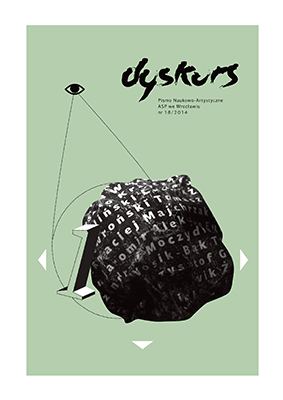
Photography, like any art, is connected with many aspects of human thought. It kindles the process of thinking and it gets across various aspects of understanding the reality by all photography lovers. From the beginning, photography has been considered as the mimetic medium and that fact contributes to its specificity. Does this mean that the term "abstract photography" is not self-contradictory? Doesn’t it destroy the specificity of the medium, which always reflects adequately trimmed or transformed reality? It can be considered that photography is never abstract, because it always registers some events and documents facts or at least their elements. However, it can be considered as abstract when we move to the level of meaning and narration which (paradoxically) lost their meaning. Photography becomes therefore a narrative without specific (original) meaning, saturated at the same time with other infinite meanings, which it reveals and which lie in its potential, and that the on-looker may see in a never-ending process.
More...
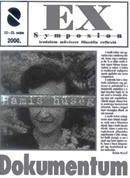
The Dokumentum (exhibition, publication, thinking together) during its formal existence (in reality between 1979 and 1982; as past recalled in 1999) was one of the most exciting experiments of Hungarian photography. It was photography as light and sensitive paper were used, but at the same time (if not even more so) it was an experiment to extend photography as a medium. On the one hand, it systematically investigated the characteristic features of the medium (that is, it undermined and violated the classical rules concerning photographing and developing, the techniques of enlargement, composition, the relation of the photographer and the theme); on the other hand, it searched for new themes that could express the feelings of the young generation of the seventies. It not only bombed with a series of provokation, but also fertilized ”classical” photography and it contributed to the change by which it came to be regarded not just as a way of picture creation but rather as art.
More...
Those days we consciously called our favourite pictures simply ”photography”, avoiding any kind of reference to ”piece of art” or ”art” (by this deliberately irritating those dominating the institutions of photographic art). We often visited the Hórusz Archive, or rather Sándor Kardos: to see wrong, unneeded, odd photos found in closed-down studios and near garbage cans (and Géza Perneczky added his aesthetics of error: ”error is what leads us out of the world”).
More...
Woman dressed in red in front of a red billboard; two men drinking red wine in a garden; sleeping man in a bed with an exotic billboard-wallpaper behind; elderly man on a motorcycle; the back of a lorry; odd, do-it-yourself piece in the garden; tangled legs with golden feet in golden sandals; woman in the garden with her head in the soil. I could go on with this for quite a while listing photographies and pictures with photography effects that are somehow based on and refer to one of the most significant - as it is the most personal in some sense - genres of visual culture, the snapshot.
More...
